-
Membership
Membership
Anyone with an interest in the history of the built environment is welcome to join the Society of Architectural Historians -
Conferences
Conferences
SAH Annual International Conferences bring members together for scholarly exchange and networking -
Publications
Publications
Through print and digital publications, SAH documents the history of the built environment and disseminates scholarship -
Programs
Programs
SAH promotes meaningful engagement with the history of the built environment through its programs -
Jobs & Opportunities
Jobs & Opportunities
SAH provides resources, fellowships, and grants to help further your career and professional life -
Support
Support
We invite you to support the educational mission of SAH by making a gift, becoming a member, or volunteering -
About
About
SAH promotes the study, interpretation, and conservation of the built environment worldwide for the benefit of all
SAH Archipedia Highlights: National Native American Heritage Month
Nov 1, 2022
by
SAH News
The following selection of SAH Archipedia’s building entries highlights the work of contemporary Native American architects.
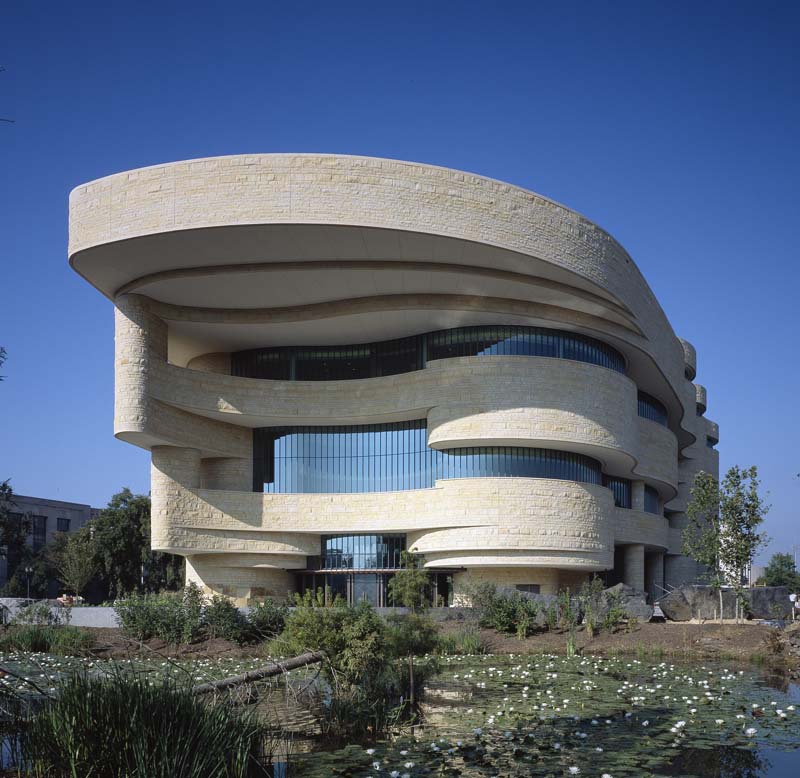
National Museum of the American Indian, Smithsonian Institution
Photograph by Carol M. Highsmith
The National Museum of the American Indian is situated on the National Mall at the corner of Independence Avenue and 4th Street in Southwest Washington, facing the United States Capitol. The museum hired a collaborative group of Native American architects—GBQC, Douglas Cardinal (Blackfoot), Johnpaul Jones (Cherokee/Choctaw), Donna House (Dine/Oneida), and Ramona Sakiestewa (Hopi)—to design a building that contrasted neighboring cultural institutions. Most obviously, the building does not follow the modernist and classical forms of the other Smithsonian museums. Even in orientation, the National Museum of the American Indian incorporates Native customs by facing east toward the rising sun. Architecturally, the building’s distinctive curvilinear form evokes a wind-sculpted rock formation not unlike those of the Medicine Rocks in Montana. The five-story structure is clad in golden-toned Kasota stone, a dolomitic limestone from Minnesota. READ MORE
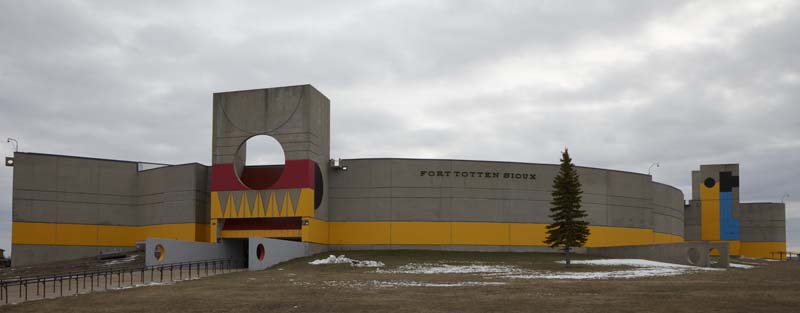
Photograph by Carol M. Highsmith
Working closely with the tribal council, Native American architects from three tribal nations collaborated on the design of this North Dakota school: Surrounded by Enemy, Charles Archambault, and Neal A. McCaleb. The Bureau of Indian Affairs (BIA) design review committee, comprised mainly of Euro-Americans, was reluctant to accept a circular building because of concerns for the cost of such an unorthodox geometric configuration. The local tribal council and Native American architects for the building regarded the unifying tradition of the circle and practical space planning as compatible goals. READ MORE
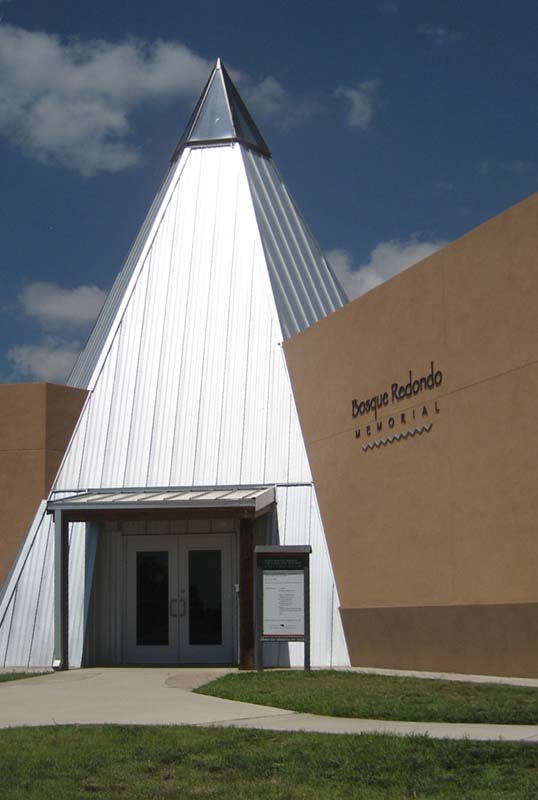
Photograph by Pattie, CC BY-SA 2.0
The Bosque Redondo Memorial at Fort Sumner State Monument in New Mexico commemorates the site where thousands of Mescalero Apache and Navajo people were imprisoned between 1862 and 1868. The journey to Bosque Redondo, now known as “The Long Walk,” and the subsequent hardships internment imposed were devastating. Bosque Redondo translates from the Spanish as “circular grove of trees.” This inspired architects David Sloan (Diné) and Johnpaul Jones (Cherokee-Choctaw) to design the memorial as a ring of cottonwoods with a visitor center wedged into its northwest side. READ MORE
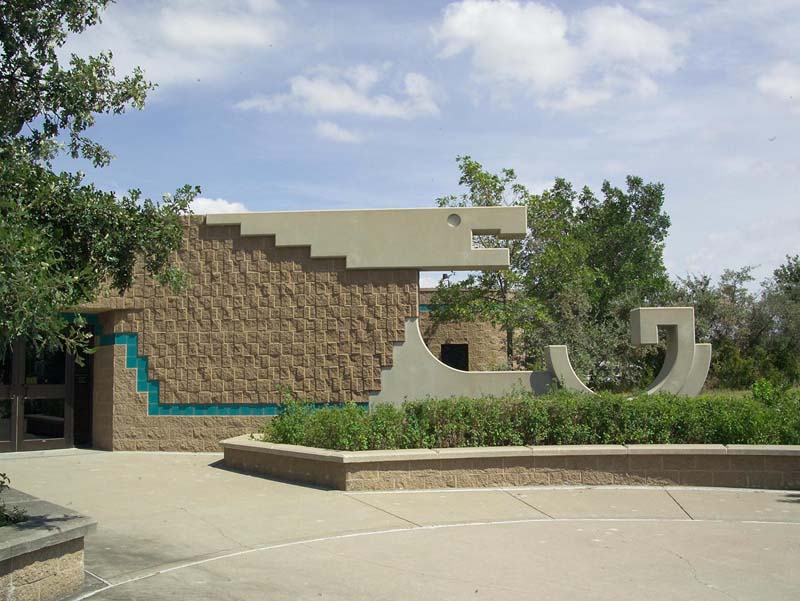
Knife River Indian Villages Visitors’ Interpretive Center
Courtesy National Park Service
Designed for the National Park Service by North Dakota’s first academically credentialed Native American architect, Denby M. Deegan (1941–2018), Surrounded by Enemy, this interpretive center invokes culturally expressive motifs of eagle trapping in its stylized ornamentation of an eagle’s head and talons integrated with curvilinear walls and circular central arrival space. READ MORE
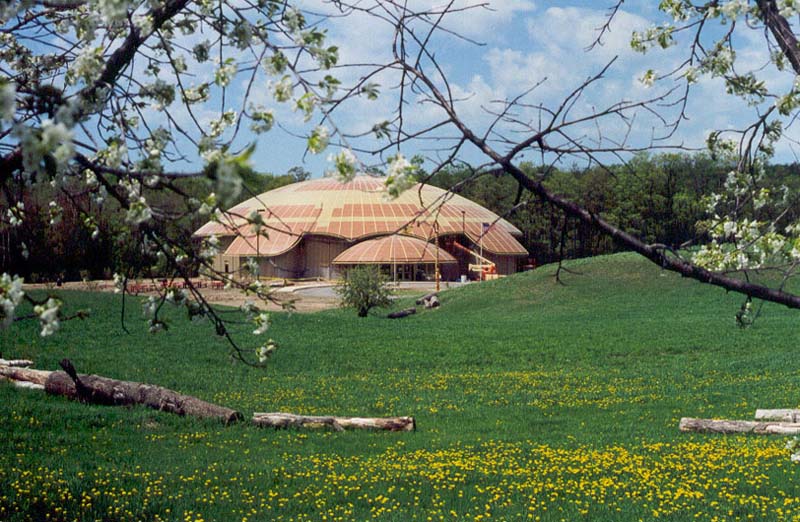
Strongheart Civic Center of the Grand Traverse Band of the Chippewa and Ottawa Indians
Courtesy Douglas Cardinal Architect
One of Canada’s most influential contemporary Indigenous architects, Douglas J. Cardinal, designed this civic center in Michigan as a multipurpose recreational and gathering center for the Grand Traverse community. Cardinal is noted for his innovative designs that fit the character of their site. Symbols associated with the Ottawa and Chippewa abound in the center. The circular metal building is shaped like a huge turtle, a symbol of strength, luck, and endurance. READ MORE


